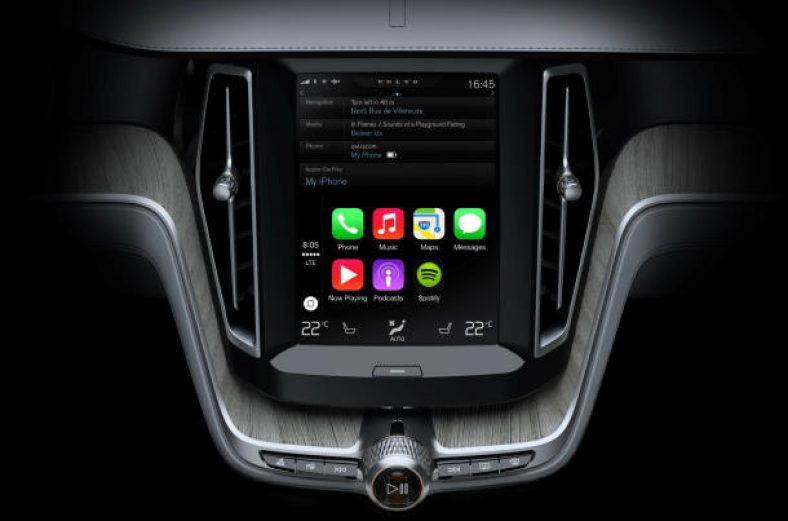In the past the base operating systems were often custom, but increasingly carmakers are turning to industry-standard solutions. Ford was one of the first, working with Microsoft to develop SYNC. Beneath SYNC lies a version of Windows Embedded, the same foundation that has powered solutions used by Hyundai, Kia, and others. But, that’s where any similarities end. Windows Embedded just provides the basics to keep the lights on, as it were. Everything running on top is custom. BlackBerry’s QNX is another major choice, and has been in the news quite a bit with the talk of Ford dropping Microsoft in favor of this three-letter powerhouse. QNX is run in everything from nuclear power plants to jet fighters, which shows its general level of reliability. Automotive is a major market for QNX, increasingly BlackBerry’s most valuable asset.
Another choice is Linux, a custom flavor as specified by the Genivi Alliance, a consortium of auto manufacturers including GM, BMW, Intel, Delphi, and many more.
The important thing to note here is that the choice of this underlying operating system has little or no impact on what sorts of mobile devices the resulting car will support. Ford’s Sync AppLink, running on top of Windows Embedded, doesn’t offer any support for Windows Phone. Audi’s MMI is built atop BlackBerry’s QNX, yet the MMI Connect app isn’t offered for BlackBerry 10. Toyota Entune, BMW Connect, Cadillac CUE, Ford Sync AppLink… the list is long and they all share one common attribute: they’re completely incompatible with each other.
The Open Standard: Car Connectivity Consortium’s MirrorLink
Smartphones have given consumers access to a growing number of indispensable applications anytime and anywhere. But when it comes to driving, smartphone use is ill-advised. And even the most advanced infotainment systems cannot match the breadth of functionality in even the most ordinary smartphones.
MirrorLink™ (previously known as Terminal Mode) from Car Connectivity Consortium which counts among its members major auto manufacturers like GM, Honda, Hyundai, Toyota, and Volkswagen, and smartphone makers LG, Sony, HTC, and Samsung, solves this problem by offering seamless connectivity between a smartphone and the car infotainment system. Drivers just connect the phone with a cable and immediately gain access to phone applications via the car’s navigation screen and dashboard/steering-wheel buttons.
In other words, by allowing consumers to access their smartphone in the same way they access their car radio and other controls, MirrorLink lets drivers keep their eyes on the road and hands on the wheel.

